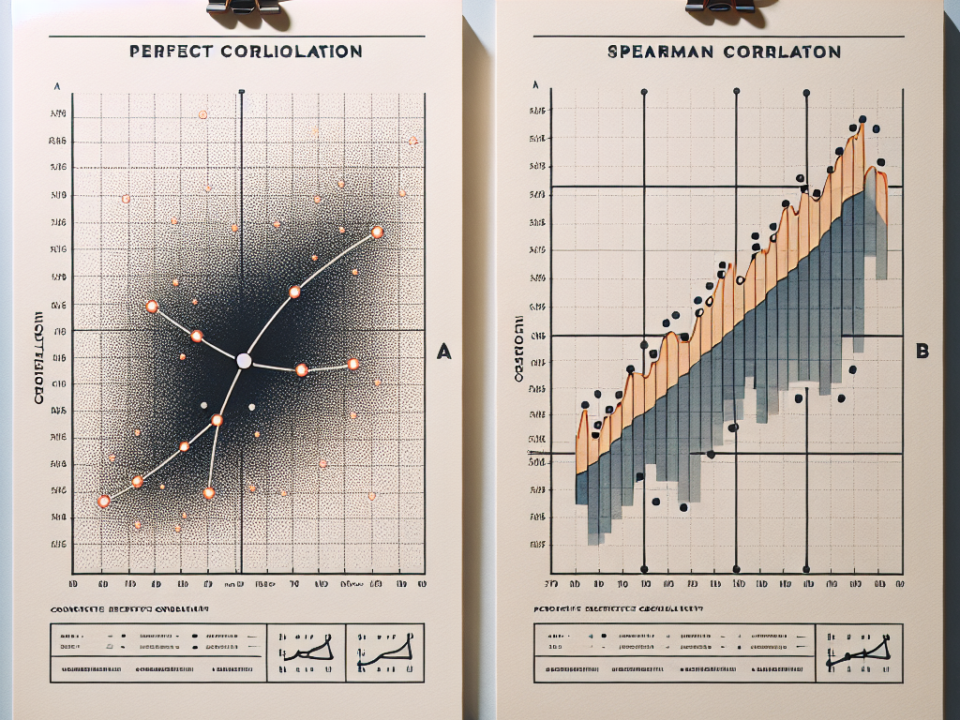Survival studies are crucial in the field of medical research to analyze the time it takes for an event of interest to occur. One of the most commonly used methods in survival analysis is the Cox Proportional Hazard Analysis. At StatisMed, we specialize in providing statistical analysis services for medical doctors, ensuring accurate and reliable results for survival studies.
Table of Contents
What is Cox Proportional Hazard Analysis?
Cox Proportional Hazard Analysis, also known as Cox Regression, is a statistical technique used to investigate the relationship between the survival time of patients and one or more predictor variables. Unlike other survival analysis methods, Cox Proportional Hazard Analysis does not assume a specific distribution of the survival times, making it more flexible and widely applicable in medical research.
Advantages of Cox Proportional Hazard Analysis
- Flexibility: Cox Proportional Hazard Analysis can handle both categorical and continuous predictor variables, providing flexibility in study design.
- Censoring: It can account for censored data, where the exact event time is unknown but only known to have occurred after a certain follow-up period.
- Proportional Hazards: The Cox model assumes that the hazard ratio remains constant over time, allowing for easy interpretation of results.
How Does Cox Proportional Hazard Analysis Work?
In Cox Proportional Hazard Analysis, the hazard function is modeled as the product of a baseline hazard function and an exponential function of the predictor variables. The hazard ratio estimated from the model represents the ratio of the hazard rates between two groups defined by the predictor variable. This ratio indicates how the hazard rate changes for each unit increase in the predictor variable.
Steps in Conducting Cox Proportional Hazard Analysis
- Data Preparation: Ensure that the dataset contains the survival time, censoring status, and predictor variables of interest.
- Model Building: Select the appropriate predictor variables to include in the model based on clinical relevance and statistical significance.
- Assumptions Checking: Verify the proportional hazards assumption by examining Schoenfeld residuals or conducting a formal hypothesis test.
- Interpretation of Results: Interpret the hazard ratios and their confidence intervals to understand the effect of predictor variables on survival time.
Applications of Cox Proportional Hazard Analysis
Cox Proportional Hazard Analysis is commonly used in various medical research studies, such as:
- Cancer Research: Investigating the impact of treatment regimens on the survival time of cancer patients.
- Cardiovascular Studies: Analyzing the association between risk factors and the incidence of cardiovascular events.
- Drug Development: Assessing the efficacy of new drugs in prolonging survival among patients with specific conditions.
By utilizing Cox Proportional Hazard Analysis in survival studies, medical researchers can gain valuable insights into the factors influencing the time to an event of interest, ultimately leading to improved patient care and treatment strategies.
In conclusion, Cox Proportional Hazard Analysis is a powerful tool in survival studies, allowing researchers to explore the relationship between predictor variables and survival time. At StatisMed, we offer expert statistical analysis services for medical professionals seeking accurate and insightful results for their research projects. Contact us today to learn more about our services and request a quote for your next survival study analysis.
For more information on our services, you can visit our Services page. If you want to learn more about our company, check out our About Us section. Feel free to contact us if you have any questions or need assistance with your statistical analysis needs.
[ad_2]






